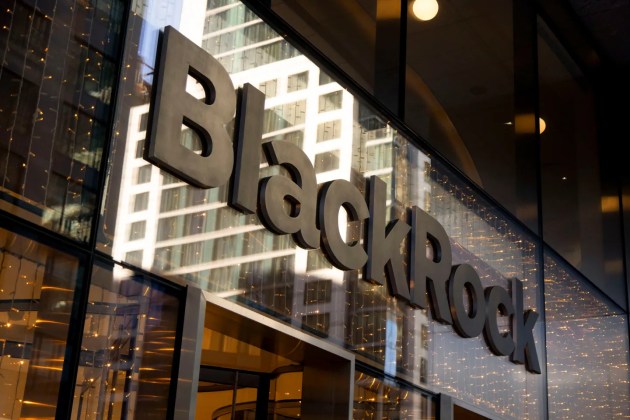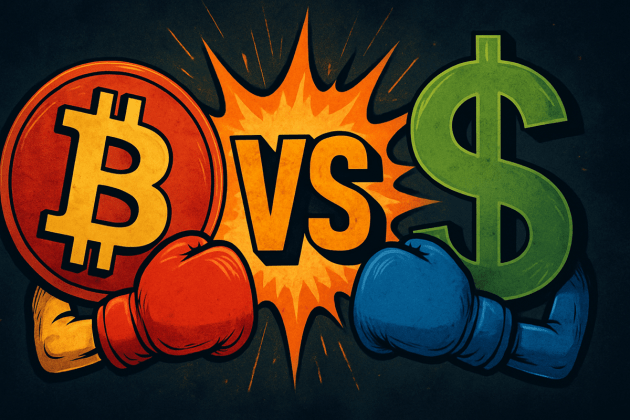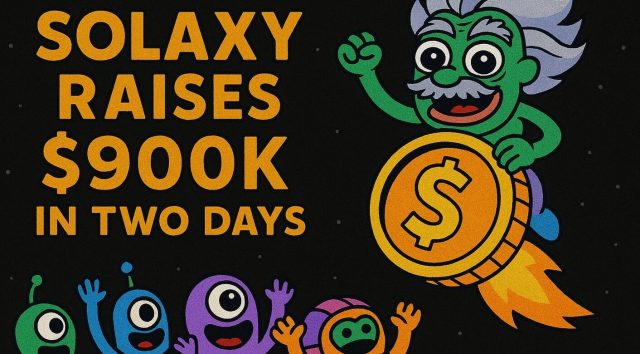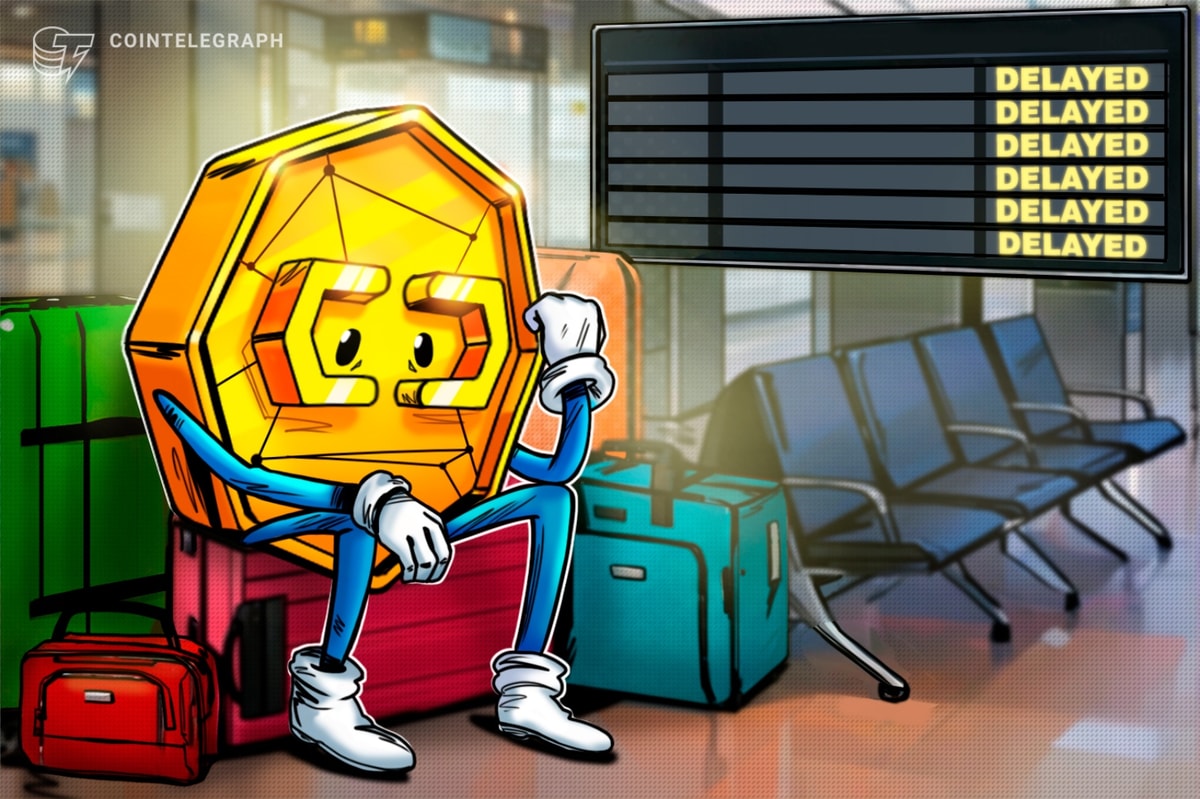On March 19, Ripple CEO Brad Garlinghouse announced that the company had been cleared by the US Securities and Exchange Commission regarding an alleged $1.3 billion unregistered securities offering. Following the news, XRP (XRP) surged to $2.59, but the gains gradually faded as the cryptocurrency experienced a 22% correction, dropping to $2.02 by March 31.
Investors worry that a deeper price correction is imminent, as XRP is trading 39% below its all-time high of $3.40 from Jan. 16. Additionally, XRP perpetual futures (inverse swaps) indicate strong demand for leveraged bearish bets.
Demand for bearish bets increased amid XRP’s decline
The funding rate turns positive when longs (buyers) seek more leverage and negative when demand for shorts (sellers) dominates. In neutral markets, it typically fluctuates between 0.1% and 0.3% per seven days to offset exchange risks and capital costs. Conversely, negative funding rates are considered strong bearish signals.
XRP futures 8-hour funding rate. Source: Laevitas.ch
Currently, the XRP funding rate stands at -0.14% per eight hours, translating to a 0.3% weekly cost. This indicates that bearish traders are paying for leverage, reflecting weak investor confidence in XRP. However, traders should also assess XRP margin demand to determine whether the bearish sentiment extends beyond futures markets.
Unlike derivative contracts, which always require both a buyer and a seller, margin markets let traders borrow stablecoins to buy spot XRP. Likewise, bearish traders can borrow XRP to open short positions, anticipating a price drop.
XRP margin long-to-short ratio at OKX. Source: OKX
The XRP long-to-short margin ratio at OKX stands at 2x in favor of longs (buyers), near its lowest level in over six months. Historically, extreme confidence has pushed this metric above 40x, while readings below 5x favoring longs are typically seen as bearish signals.
President Trump boosted XRP awareness, paving the way for future price gains
Both XRP derivatives and margin markets signal bearish momentum, even as the cryptocurrency gains mainstream media attention. Notably, on March 2, US President Donald Trump mentioned XRP, along with Solana (SOL) and Cardano (ADA), as potential candidates for the country’s digital asset strategic reserves.
Google search trends for XRP and BTC. Source: GoogleTrends / Cointelegraph
For a brief period, Google search trends for XRP outpaced those of BTC between March 2 and March 3. A similar spike occurred on March 19 following Ripple CEO Garlinghouse’s comments on the anticipated SEC ruling. As the third-largest cryptocurrency by market capitalization (excluding stablecoins), XRP benefits from its early adoption and high liquidity.
Related: Is XRP price around $2 an opportunity or the bull market's end? Analysts weigh in
Interactive Brokers, a global traditional finance brokerage, announced on March 26 its expansion of cryptocurrency offerings to include SOL, ADA, XRP, and Dogecoin (DOGE). Since 2021, the platform has supported trading in Bitcoin (BTC), Ether (ETH), Litecoin (LTC), and Bitcoin Cash (BCH) pairs.
The wider adoption by traditional intermediaries, combined with rising Google search trends, further reinforces XRP’s position as a leading altcoin. It also sets the stage for increased inflows once macroeconomic conditions improve and retail investors actively seek altcoins with strong marketing appeal as alternatives to traditional finance, such as Ripple.
This article is for general information purposes and is not intended to be and should not be taken as legal or investment advice. The views, thoughts, and opinions expressed here are the author’s alone and do not necessarily reflect or represent the views and opinions of Cointelegraph.











